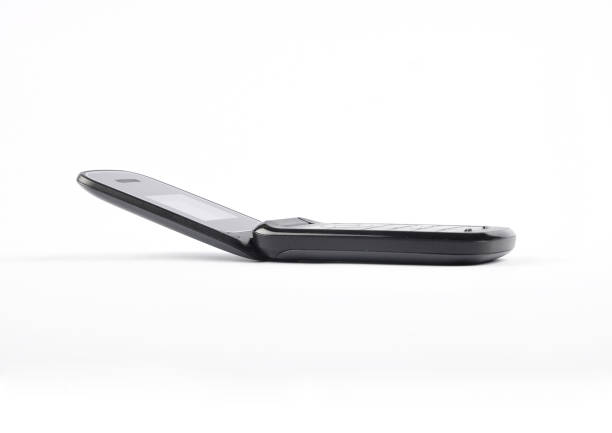"Unfolding the Future: The Rise of Rollable Smartphones"
The world of smartphones is undergoing a seismic shift as manufacturers look to innovate beyond the standard glass slab. One of the hottest trends in the industry is the development of rollable smartphones, devices that can change their form factor from a conventional phone to a tablet with just a flick. But how did we arrive here? And what does the future hold for these novel devices? Let's take a deep dive into the world of rollable smartphones.

A Look Back at the Smartphone Evolution
The journey to rollable smartphones has been a long and winding one, marked by both significant leaps and minor tweaks. The first smartphones were bulky devices with physical keyboards and limited functionality. However, the launch of the iPhone in 2007 revolutionized the industry, introducing a sleek form factor and a touch-centric user interface.
Fast forward a decade, and the smartphone market had become saturated. Manufacturers were struggling to differentiate their products, leading to stagnation. Then came the next leap: foldable smartphones. Devices like the Samsung Galaxy Fold and the Motorola Razr brought a new dimension to smartphones, offering larger screens in a compact form factor.
The Arrival of Rollable Smartphones
Rollable smartphones are the natural next step in the evolution of smartphones. Companies like LG, Oppo, and TCL have all unveiled prototypes that promise a larger screen without the crease that plagues foldable phones.
The concept is straightforward. A rollable smartphone features a flexible OLED display that can roll in and out of the device’s body. When you want a larger screen, you simply roll it out. And when you’re done, you roll it back in. It’s a neat solution that marries the portability of a smartphone with the functionality of a tablet.
The Current State of Rollable Smartphones
While rollable smartphones are still in their infancy, there has been significant progress. LG’s Rollable phone, which was showcased at CES 2021, was one of the first to make headlines. However, LG’s subsequent exit from the smartphone industry has cast doubt over its future.
On the other hand, Chinese manufacturer Oppo has unveiled the Oppo X 2021, a rollable concept phone that can expand from 6.7 inches to 7.4 inches. Meanwhile, TCL is also working on a rollable device as part of its ‘DragonHinge’ series.
The Future of Rollable Smartphones
The future of rollable smartphones seems promising, but there are still hurdles to overcome. Durability is a significant concern, as the flexible screens and mechanisms are susceptible to damage. Moreover, the high production costs will likely result in steep price tags, potentially limiting their market appeal.
Despite these challenges, the potential benefits of rollable smartphones — such as improved multitasking and media consumption experiences — make them an exciting prospect. As technology advances and manufacturing processes improve, rollable smartphones could well become the next big thing in the mobile industry.
Wrapping Up
The advent of rollable smartphones represents another leap in the ongoing evolution of mobile devices. It’s an exciting development that could reshape how we use our devices, offering a larger, more versatile screen in a compact package. However, it remains to be seen how these devices will fare in the market, and whether they can overcome the challenges that lie ahead. For now, all eyes are on the smartphone manufacturers as they attempt to roll out the future.






